Text and illustrations copyright 1977, 1992, 2000, 2014 by Mollie Katzen
All right reserved.
Published in the United States by Ten Speed Press, an imprint of the Crown Publishing Group, a division of Random House, LLC, a Penguin Random House Company, New York.
www.crownpublishing.com
www.tenspeed.com
Ten Speed Press and the Ten Speed Press colophon are registered trademarks of Random House LLC.
A version of this work was first published in 1974 by Mollie Katzen in Ithaca, New York.
Subsequent editions were published in the United States by Ten Speed Press, Berkeley, in 1977, 1992, and 2000
Library of Congress Cataloging-in-Publication Data
Katzen, Mollie, 1950
The Moosewood cookbook / Mollie Katzen.40th anniversary edition.
pages cm
1. Vegetarian cooking. 2. Cooking (Natural foods) 3. Moosewood Restaurant I. Moosewood Restaurant II. Title.
TX 837. M67 2014
641. 5636dc23
Hardcover ISBN : 978-1-60774-756-7
Trade paperback ISBN: 978-1-60774-739-0
eBook ISBN: 978-1-60774-740-6
Cover design for original Ten Speed Press edition Meredith Barchat and Mollie Katzen
Revised cover design. Fifth Street Design, Nancy Austin, Mollie Katzen, and Chloe Rawlins
Illustrations. Mollie Katzen
Author photo for this edition: Lisa Keating
v3.1

In Memorium:
 PHIL WOOD
PHIL WOOD 
(19382010)
Ten Speed Press founder;
godfather of this book.

Dedicated to Hal, with love and gratitude.


Contents

INTRODUCTION
Welcome to the Moosewood Cookbook
(From the first Ten Speed Press edition)
This book presents an adaptation-for-home-use of the cuisine of Moosewood Restaurant, in Ithaca, New York. The ideas for these recipes originated in the homes and imaginations of the many people who cook and have cooked there over the years.
Moosewood is the focal point to which each cook has brought her or his personal culinary heritage from family and friends. (Many grandmothers recipes are featured.) Cooking styles are shared and traded at the restaurant. Moosewoods cooks also frequent the library, to read about the foods of other cultures. The result is on eclectic cuisine, with vegetarian and ethnic emphases, using the freshest ingredients available.
I was one of the founding members of Moosewood Restaurant, and I cooked there for 4 years. During that time, in response to customers requests, I adapted many Moosewood recipes, reducing them to a smaller yield, testing them at home for discriminating friends. Here is a compilation of the results. I hope you enjoy using this book as much as I enjoyed putting it together.

A History of This Book

The Moosewood Cookbook grew, in part, out of a looseleaf binder filled with random notes intended to help keep track of what we were cooking in the tiny kitchen of our modest 1970s restaurant. With neither chef nor set menu, we were a group of friends (none of us culinary professionals) taking turns in the kitchen, cooking heartfelt versions of the food we loved, beginning with family favorites. We were also greatly inspired by international dishes as remembered from various world travels (actual or via the ethnic restaurant route), discovering cuisines from other countries that placed far less emphasis on meat and more on creative preparation of garden- and orchard-sourced ingredients. And indeed, what we served was deeply plant-based, although that term was not yet in anyones vocabulary.
Our largely vegetarian framework had no particular dogma. We cooked simply and with passion, cheerfully pushing back on the traditional American dinner plate of the 1950s and 60sthe model that fed our childhoods. Now in our young adulthood, we wanted to redefine and self-define, and this was a perfect arena in which to do so. The food, prepared with a loving and sincere effort and minimal preciousness, spoke for itself. Our experimentation with whole grains, legumes, and fresh fruits and vegetables was enthusiastic, and it was also nonlinear. The book was an attempt to more or less standardize our cuisine, which was varied and eclectic and often quite spontaneousdetermined largely by the product delivery of the day and the imagination and skill level of the cook. We had a casual approach to everything (including the idea of standardization itself), so, ideally, this would help us keep things somewhat consistent.

Our customers were not necessarily vegetariansthey simply wanted good food that tasted homemade and real. They also wanted to be able to replicate what we were making in their own kitchens. Requests for recipes became routine, and I regularly found myself sitting down after a shift, jotting down approximations of the dishes in. Eventually, I put together a series of pages, combining these after-shift notations with material from my own personal illustrated recipe journals. Backing from a neighboring independent bookstore (McBooks) afforded the photocopying of a few hundred copies, which were then hand-collated and bound with plastic spiral spines, one at a time. Eight hundred copies of the resulting booklet sold out in a week. Second and third printings totaled another four thousand or so copies that sold out over the next year. Meanwhile, I had begun receiving unofficial mail ordersapparently from people who had passed through town, picked up a copy, and shared it with friends elsewhere. I was running to the post office a lot, and boxes of the booklets lived in the back of my car. It was seat-of-the-pants publishing all the way.


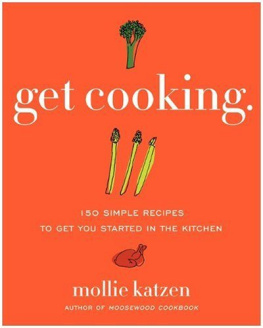
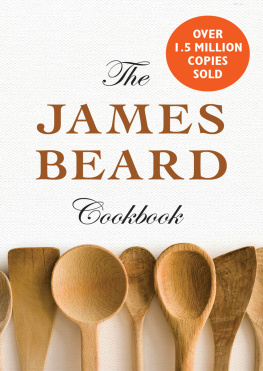
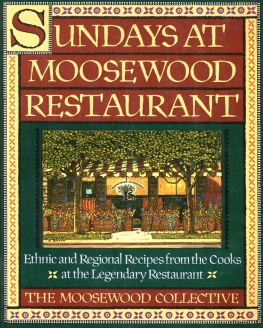
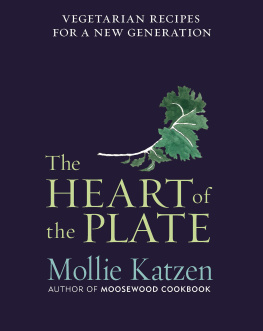
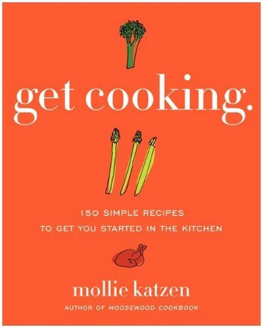
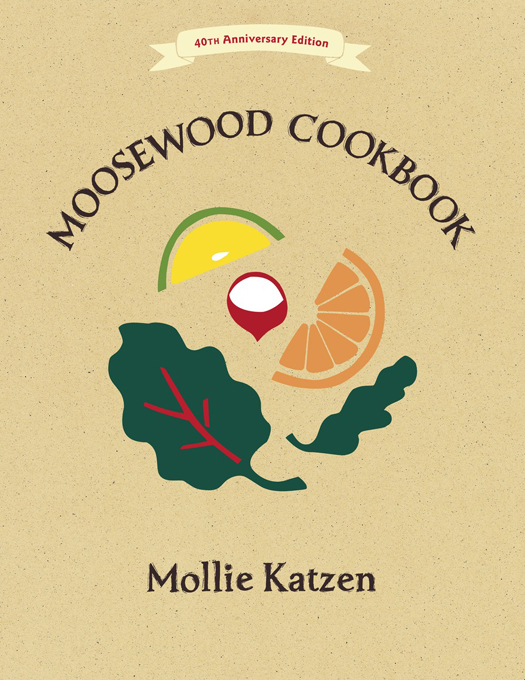
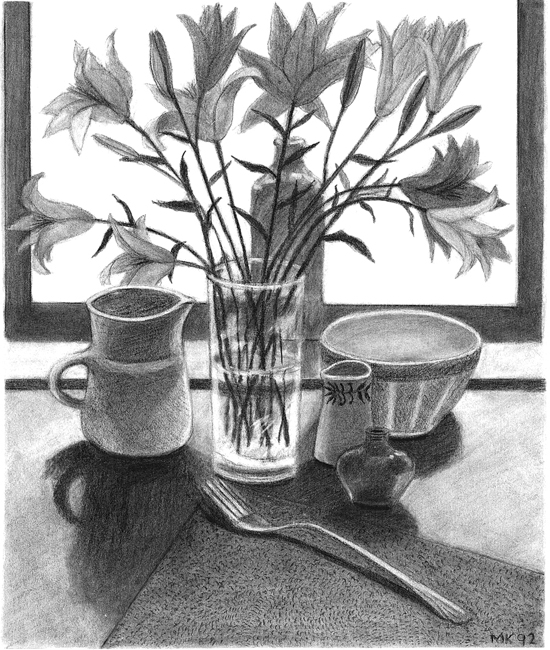
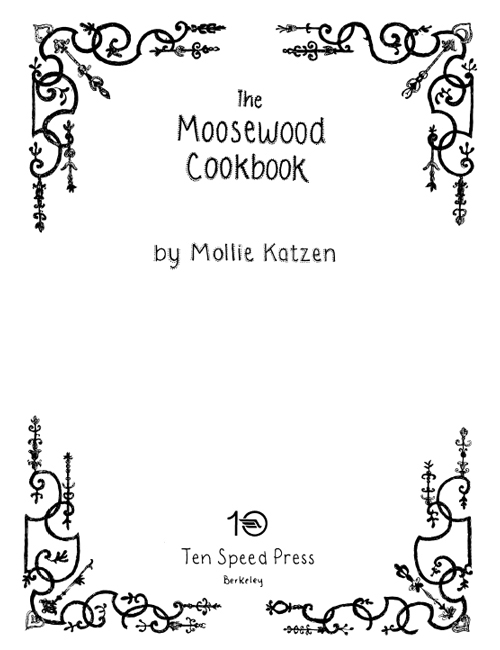

 PHIL WOOD
PHIL WOOD 


 Contents
Contents 


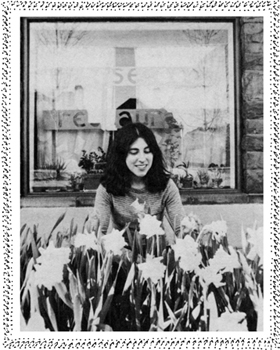
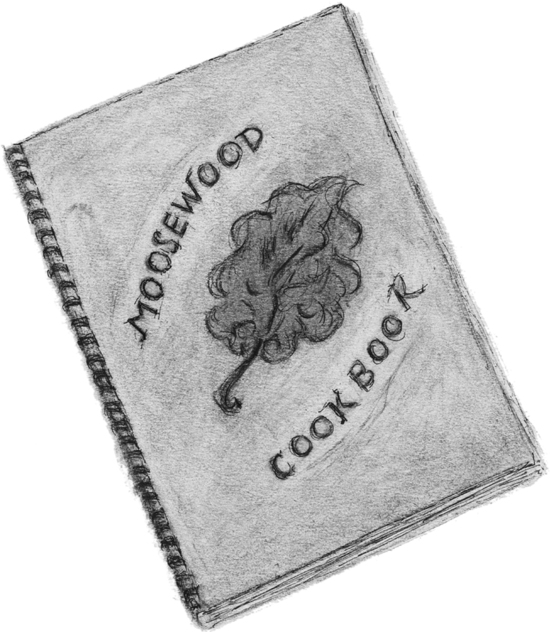
 A History of This Book
A History of This Book 